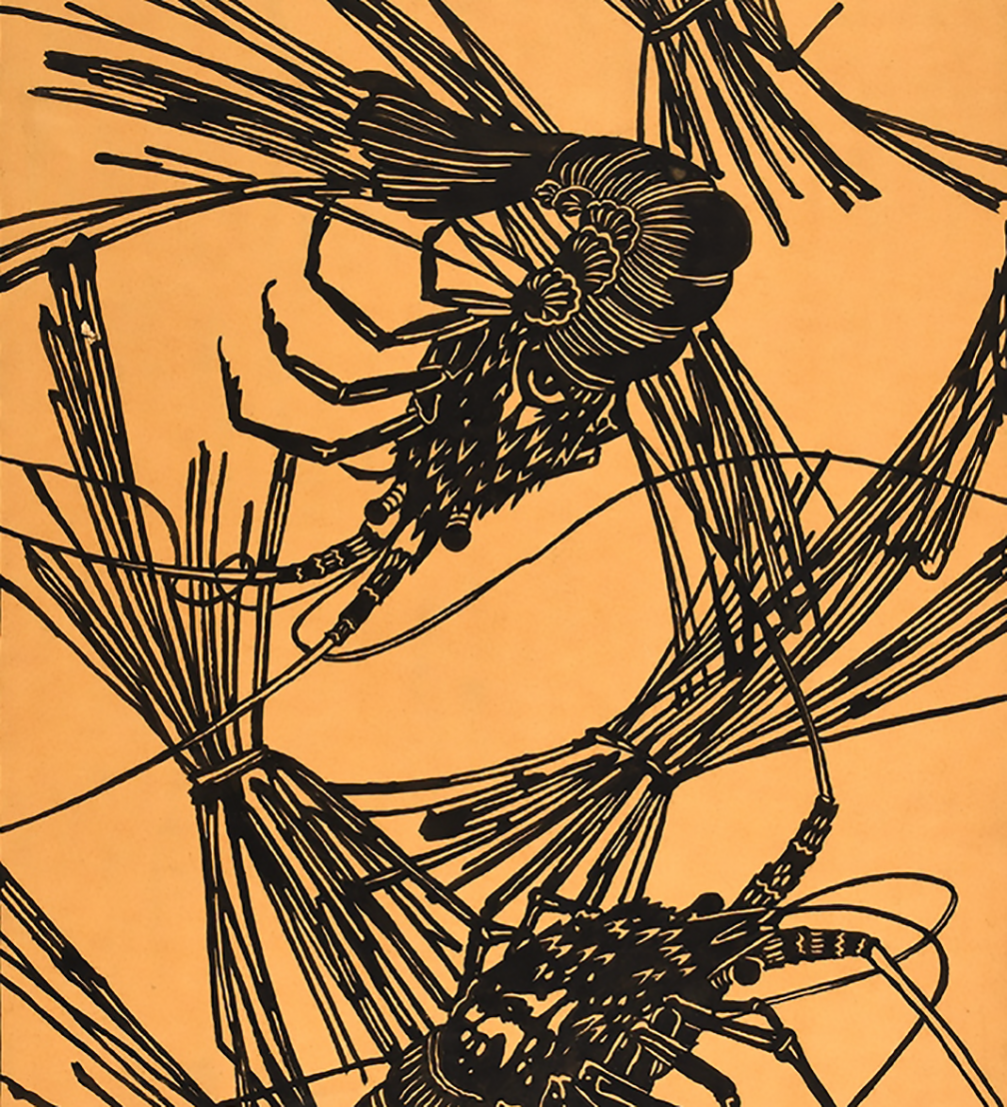
The exhibition «Art Nouveau. Its Beginnings, Influences and Original Nature» dedicated to Latvia’s Centenary will be on view at the Art Museum «Riga Bourse» from May 4 to August 5, 2018. By highlighting the Art Nouveau heritage, the Latvian National Museum of Art wants to show Riga’s special place in the European cultural palette at the end of the 19th century and at the beginning of the 20th century.
The rapid rise of the Baltics’ biggest metropolis, Riga at the turn of the century inspired the fantasies of architects, who developed the idea of Art Nouveau through the design of richly decorated façades, colourful interiors and overall aesthetic harmony. In addition to architecture, which is the most well-known part of the artistic heritage of this period, vivid examples of Art Nouveau are also found in applied arts, graphic art of books and magazines, and painting. It should be noted that the Art Nouveau epoch in Latvia was not just a moment before the birth of the state, but also the time when the formation of national professional art took place and the new style became one of the catalysts for the modernization of artistic expression.
The exhibition «Art Nouveau. Its Beginnings, Influences and Original Nature» is a meeting of various national schools, with the objective of allowing the viewer to identify their similarities, influences and differences. Although the Art Nouveau style of Riga is undeniably peculiar, its features are closely related to the processes in other countries. The exposition is also a story of the most notable manifestations of Art Nouveau in Europe, visualising these through painting, graphic art, sculpture and decorative applied arts. It traces the roots, beginnings and flourishing of this style, and offers a clearer understanding of the original nature of Art Nouveau in Latvia, which are exemplified in comparison with the oeuvre of the greatest Art Nouveau metropolises — Paris, London, Brussels and other most vibrant cities of Europe.
In terms of time, all that separates us from the age of Art Nouveau is just over a century, and the volume of material available is enormous, as a result of which this exhibition is merely a tiny angle within a much greater whole. Highlighted therein, alongside Latvia’s contribution, are those countries and sources of inspiration that helped the style to evolve and develop in our region. It is the story of France and Japonism, Louis Majorelle’s, Hector Guimard’s and Émile Gallé’s refined forms of dishes and vessels, furniture and architectural details, Belgium and Congo style, floral motifs in the patterns of William Morris and Walter Crane in Great Britain, Faberge’s sophistication in Russia, as well as Art Nouveau period art in Germany, Austria, Czech Republic, Denmark, Sweden, Netherlands, and Switzerland.
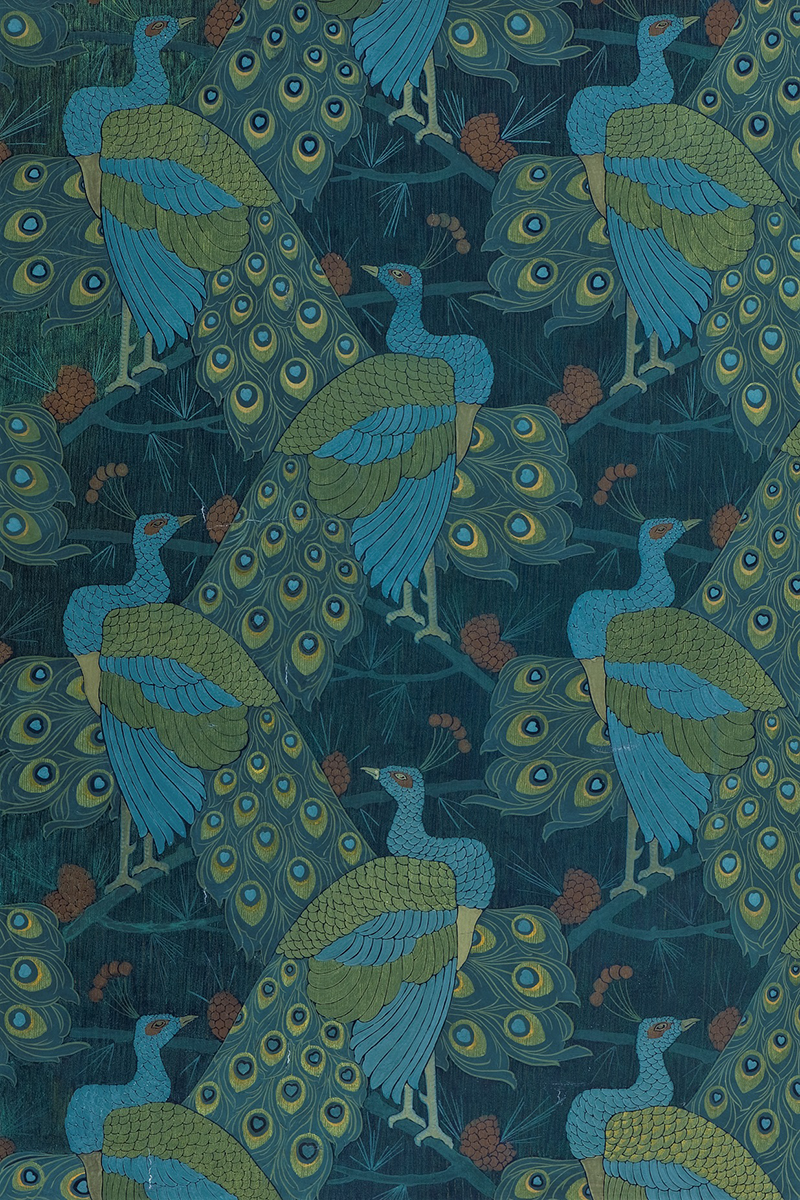
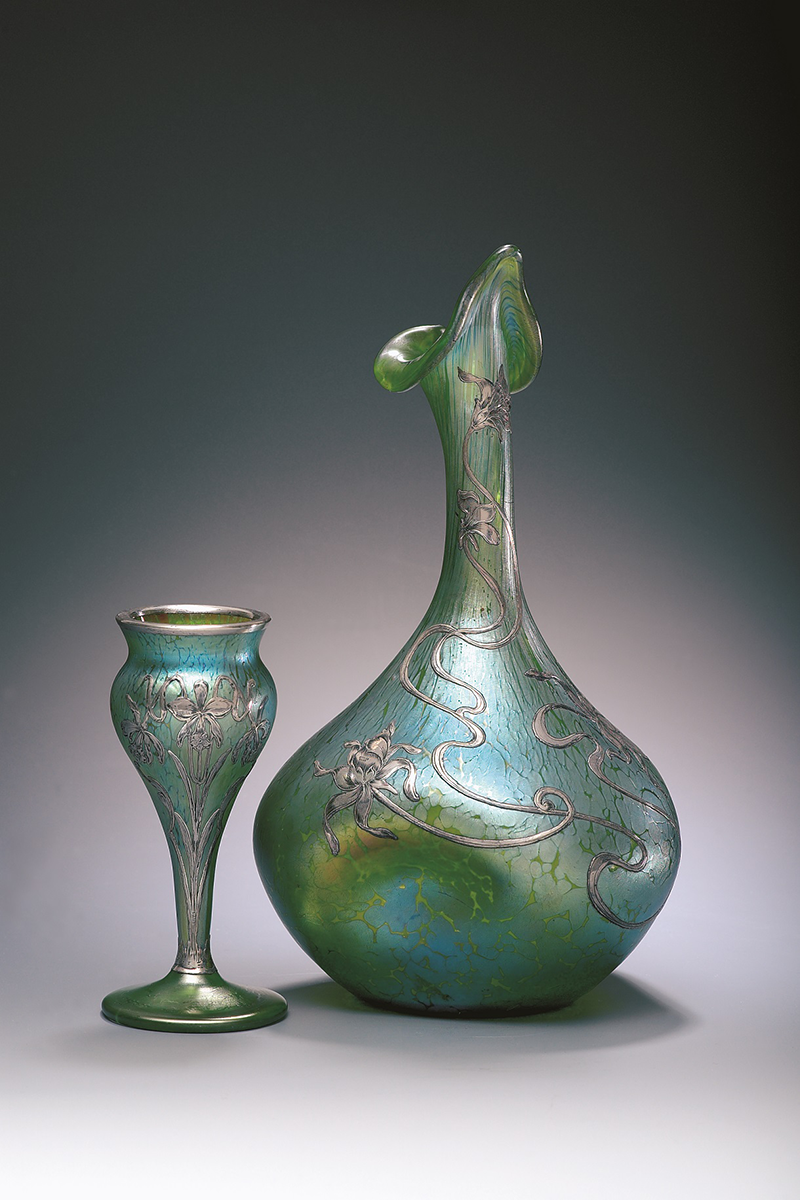
The exhibition is an attempt to clear the playing field of sentimentality, neo–romantic exaggerations and sensuality, returning instead to the primordial tale of the harmony, plasticity and synthesis combined with functionality. From harsh, simplistic games of geometric shapes and volumes, to supple plant motifs that break down any symmetry — all of this is Art Nouveau.
The exhibition features pieces from world–class museums such as the Musée d’Orsay in Paris, the Victoria and Albert Museum in London, the Royal Museums of Art and History in Brussels and others. The curators of the exhibition are Head of the Art Museum «Riga Bourse» Daiga Upeniece, exhibition curator Laura Okdaldere and Dr. art. Silvija Grosa, Professor of Art History, Art Academy of Latvia. An exhibition catalogue both in Latvian and English is available at the museum shop.
The exhibition «Art Nouveau. Its Beginnings, Influences and Original Nature» will be on show at the Art Museum «Riga Bourse», Doma laukums, 6, Riga, from May 4 to August 5. More information on the exposition and its satellite events can be found on the museum’s homepage.
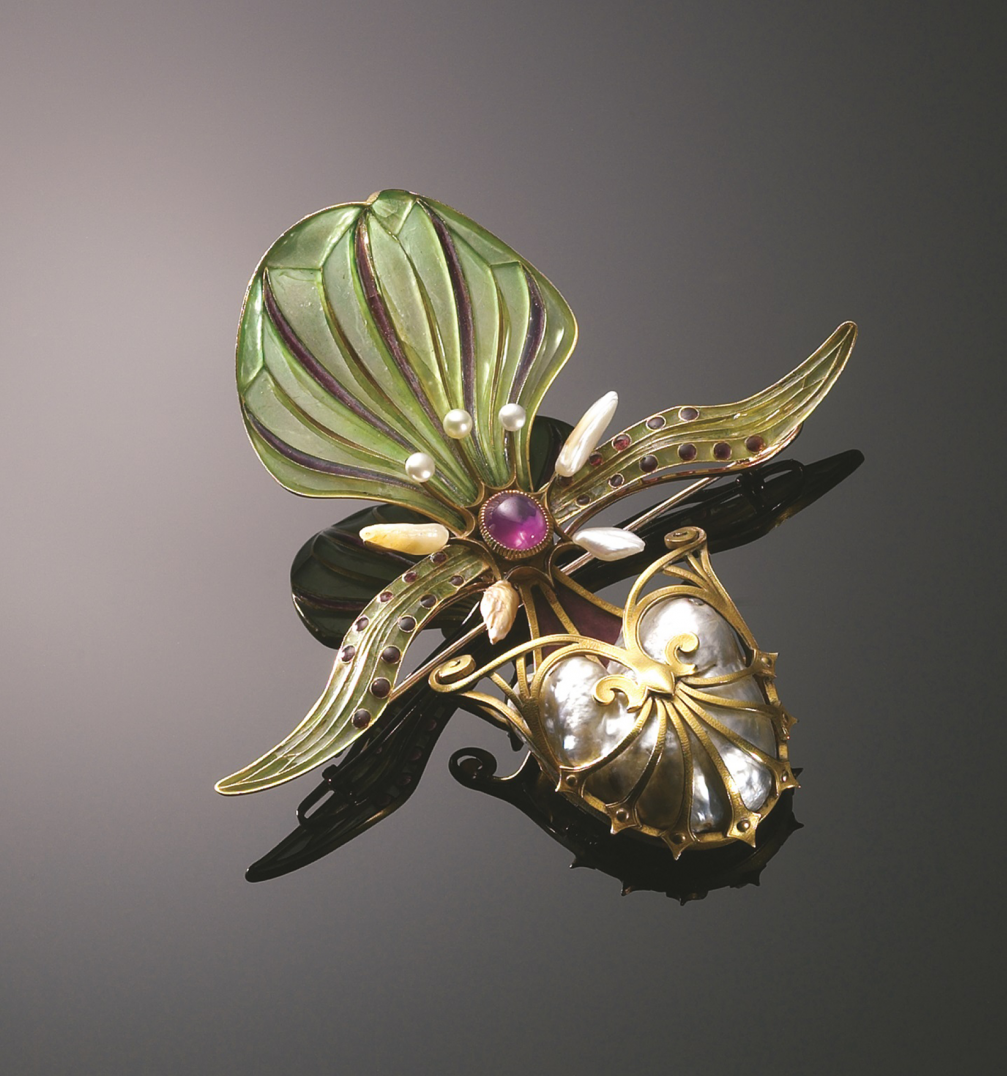
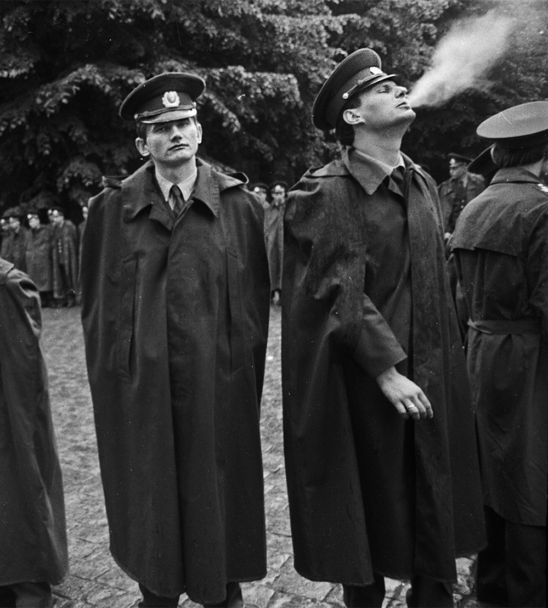
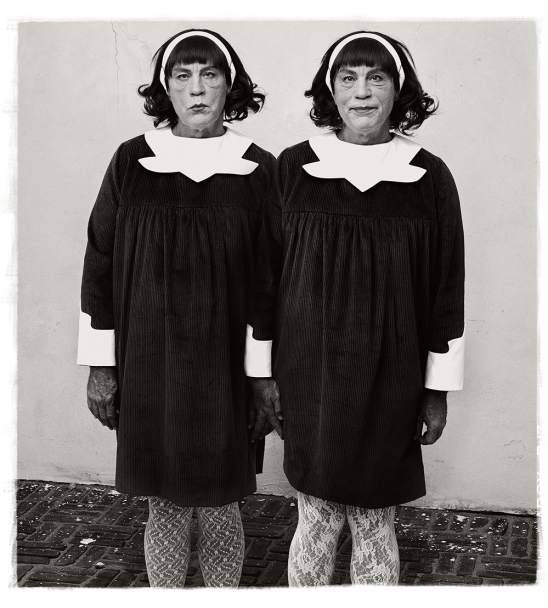
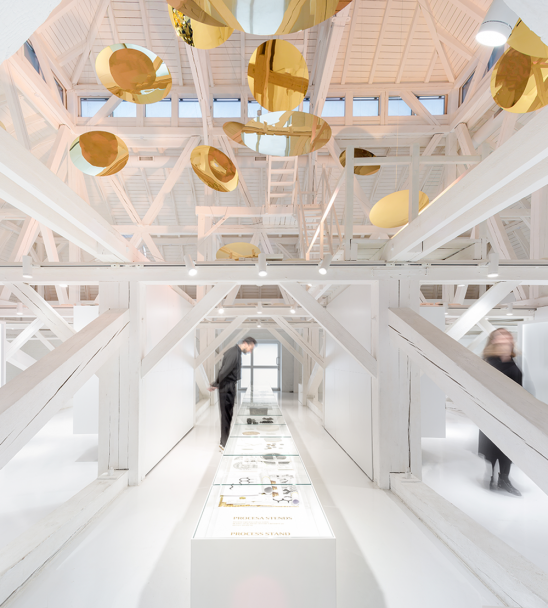
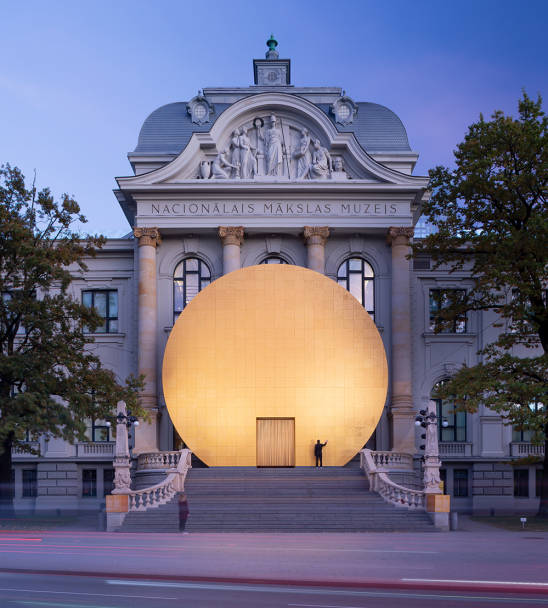
Viedokļi